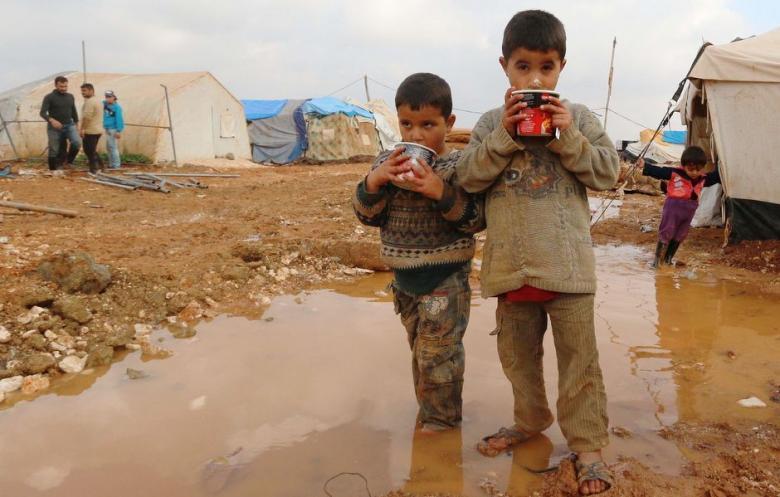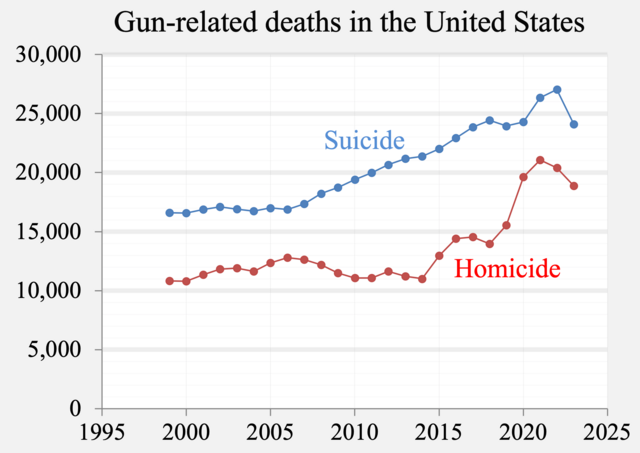Noah Ptacek
When the word “immigration” is tossed around in America, many people think about people coming to the States from Mexico and Donald Trump blatantly slandering Latin Americans. However, the world’s main concern with immigration is the ongoing Syrian Refugee Crisis, which has been heavily impacting most of Europe for the past few weeks. Rather than focusing on iron walls on the US-Mexico border and sneaky immigrants trying to “steal our jobs,” the rest of the world has been looking at images of drowned infants and dozens of refugees packed into boiling-hot buses on their way to Western Europe. These run-away Syrians are trying to escape the violence and terror of their homeland, which is being generated by ISIS. Now, with all eyes on the massive number of Kurdish migrants, many ideas and plans have been made to take care of the influx of migrants rather than just wanting to keep or remove them from their countries.
Ever since ISIS was founded in 1999, they have made it clear that ethnic cleansing was one of their main priorities, killing off tens of thousands of innocent people in the name of their caliphate. More recently, Kurds in Syria have been murdered, captured, and forced out of their country by the unrelenting radicals. This has caused multiple incidents like the situation where thousands of Yazidis were forced to stay on a mountain without food or water for five months, and more recently, the massive migration of Syrians to Western Europe.
Due to the European Union’s financial troubles, they have been reluctant to let the thousands of refugees into the further west countries because of their inability to house the migrants on a physical and financial level. This has resulted in many trying to illegally immigrate with the help of untrustworthy smugglers, who either unsuccessfully transport the migrants or abandon them half-way through the journey. As a result of the illegal transportation, many lives have been lost, including the infant boy who washed up on the coast of Turkey after a water-based smuggling attempt went wrong. Other migrants who have made it to Eastern European countries, such as Hungary, have been held up in blazing heat with little food or water. These migrants’ perseverance to attain freedom by putting their lives on the line to escape Syria shows just how much it means to them.
As horrible as it may be, this type of massive, fear-driven migration has been seen before. After the Nazi forces were defeated in 1945, the unbelievable carnage of the Holocaust sent a chill down the world’s spine. Millions of Jews were inhumanely slaughtered in grisly death camps in a massive genocide. Once the Allied Forces liberated the camps, all that the survivors wanted to do was to get as far away from Germany as possible. It wasn’t until 1947 that Israel was formed and designated for the Jews as a safe haven. Even though Israel and the Jew’s problems weren’t over, the migration from Europe to the Middle East can be easily related to the current migration crisis, which the Syrians are facing now.
It is estimated that nearly nine million Syrians have tried to flee their homes in search of safety since the start of the Syrian Civil War in 2011. Three million immigrants have moved to Syria’s immediately neighboring countries: Jordan, Iraq, Turkey and Lebanon, while 6.5 million have been internally displaced throughout Syria (http://syrianrefugees.eu/). 150,000 of these refugees have declared asylum within the European Union, with Germany claiming 85% of the migrants. Like the Jews after the Holocaust, all the Syrian migrants want is to be safe from the terror of their homeland. Only time will tell what will eventually happen to those in question, but if the past is anything to go by, then these migrants will al








